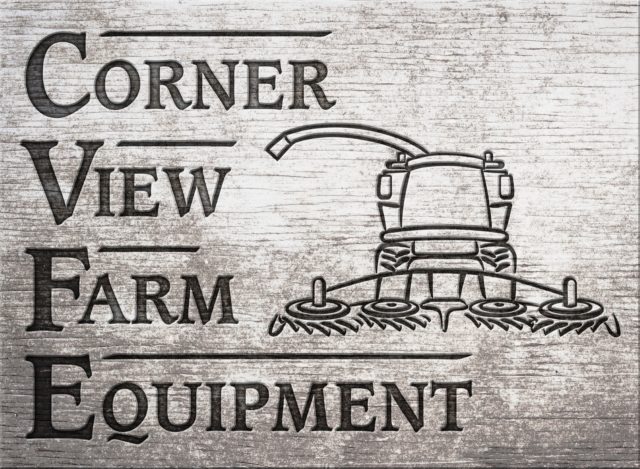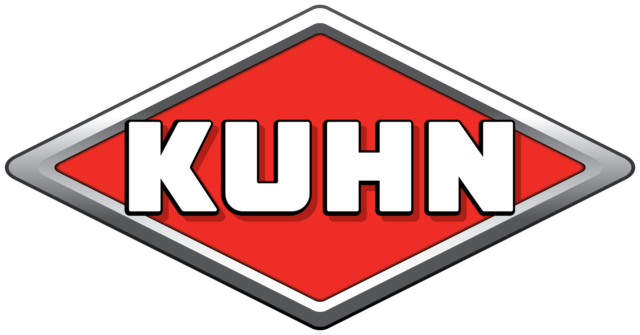Silage represents a large portion of the typical cow’s diet, so its quality largely affects what other ingredients and the amount of those ingredients that must be added to the diet. Three major challenges associated with silage are shrink (dry matter loss), quality (retaining important nutrients) and palatability.
Making silage is very much like piecing a puzzle together, and there are many pieces to the silage puzzle. If put together correctly, one can overcome the challenges listed above and have a quality product to feed. Some of these pieces include making sure forages are harvested at the correct maturity and moisture, packing density, excluding oxygen and managing the face. Another important piece to the puzzle is adding silage inoculant.
Shrink
Shrink occurs in every feed ingredient used on farm. A good way to improve profits is to ensure that you do not lose ingredients – whether purchased or grown on farm – before they become part of the feeding program. It is typical to see silage dry matter losses anywhere from 10 to 25 percent from the time they are harvested to feedout, which is an average of 18 percent. The cost of silage per ton will vary, but let’s say corn silage is worth $35 per ton and that a particular dairy puts up 5,000 tons corn silage. With 18 percent shrink there would be 900 tons of dry matter loss – worth $31,500.
Shrink/dry matter loss in the case of forages happens when bacteria break down and consume the forage, converting it to carbon dioxide, water, heat and other byproducts. In fact, if enough air is present, improper fermentation will occur and the unwanted bacteria present will break down the forage, effectively turning it into compost. However, if we exclude as much oxygen as possible, the pH will drop and kill off the unwanted bacteria in the silage. The quicker the pH drops, the quicker the unwanted bacteria die, reducing the amount of shrink that will be experienced in your pile.
In order to exclude oxygen it is extremely important to achieve an acceptable packing density of 15 pounds DM per cubic foot. These days it is important to ensure that forages are not being delivered to the pile faster than the push tractor can pack. If they are, then it is important to slow the harvester down or add another tractor to the pile. It is also important that the pile is covered as quickly as possible. In fact, delayed covering of the pile by 48 hours will negatively impact aerobic stability. Oxygen-barrier films are also being used to reduce dry matter losses and spoilage.
Using silage inoculant that contains the combination of lactic acid bacteria (LAB) and enzymes can also help reduce shrink. Essentially inoculant containing this combination is designed to drop the pH more quickly and efficiently, thus speeding the fermentation process and reducing losses. This happens because the bacteria produce high levels of lactic acid, which they do very efficiently, converting just one molecule of sugar into one molecule of lactic acid. Enzymes assist by making more sugar available to LAB. By comparison, wild bacteria need two or three molecules of sugar to produce the same amount of lactic acid, slowing the ensiling process and allowing for those unwanted bacteria to break down the forage. Research comparing corn silage that was untreated and treated with an inoculant containing a specific combination of LAB (lactococcus faecium, lactobacillus plantarum, lactobacillus salivarius and pediococcus acidilactici) and enzymes (cellulose, hemicellulase, pentonsanase and amylase) showed a 5 percent dry matter recovery. If you consider the example from earlier and subtract this dry matter recovery, you have reduced your losses from 18 percent to 13 percent. In this case, 250 tons of corn silage worth $8,750 was retained.
Increased protein quality
When unwanted bacteria are alive in silage, they require energy and protein to grow and reproduce. In order to access these nutrients, they break down the proteins of the fresh crop into molecules they can use – amino acids and ammonia. This breakdown reduces the amount of true protein that is left in the silage. The longer the pH is allowed to stay high in silage, the longer the unwanted bacteria live, reducing true protein. The protein that is lost in forage will ultimately have to be made up with purchased protein, in some cases, very expensive by-pass sources.
Ensiling forages with inoculant, such as discussed earlier, ensures a quicker drop in pH, thus a faster and more efficient fermentation, resulting in more retained nutrients such as protein. According to work done by Ad Van Vuuren, senior researcher in ruminant nutrition at Animal Sciences Group of Wageningen UR at Lelystad, treating silage containing the same combination of LAB and enzymes listed above has led to the synthesis of 6 percent more microbial protein from the fermentable organic matter in the ration, equating to as much as 1 kilogram per cow per day of milk production.
Palatability
In order to maximize the amount of forage cows eat we have to ensure that it is palatable. Several things can reduce forage intakes – first among them, poor fermentation and molds. Poor fermentation can result in the production of unwanted acids such as butyric acid and acetic acid. Anyone who has had a butyric fermentation knows how little of the silage you can put in the diet before intakes are affected. Acetic acid usually smells like vinegar, also impacting intakes. When fermenting silage, we always want to maximize the amount of lactic acid that is produced and minimize the amount of acetic or butyric acid in order to ensure the silage is palatable.
Inoculant containing homo-fermentative LAB (meaning that it only produces lactic acid) helps achieve a more ideal ratio of lactic-to- acetic acid. In order to ensure these bacteria have enough food (sugars) to survive and properly ferment the forage, inoculant that also contains enzymes is crucial, as enzymes break down complex sugars so that LAB can utilize them.
Making silage sense
Improving cow health and performance as well as the producer’s bottom line can be achieved by placing more emphasis on making higher-quality silage and reducing losses. Using modern management practices and technologies such as inoculant will assist in carefully piecing the complicated silage puzzle together and overcoming common challenges, thus increasing the overall quality of silage and the feed presented to the cow. PD
References omitted due to space but are available upon request by sending an email to editor@progressivedairy.com .

-
Caley Heiman
- Territory Sales Manager
- Alltech
- Email Caley Heiman





